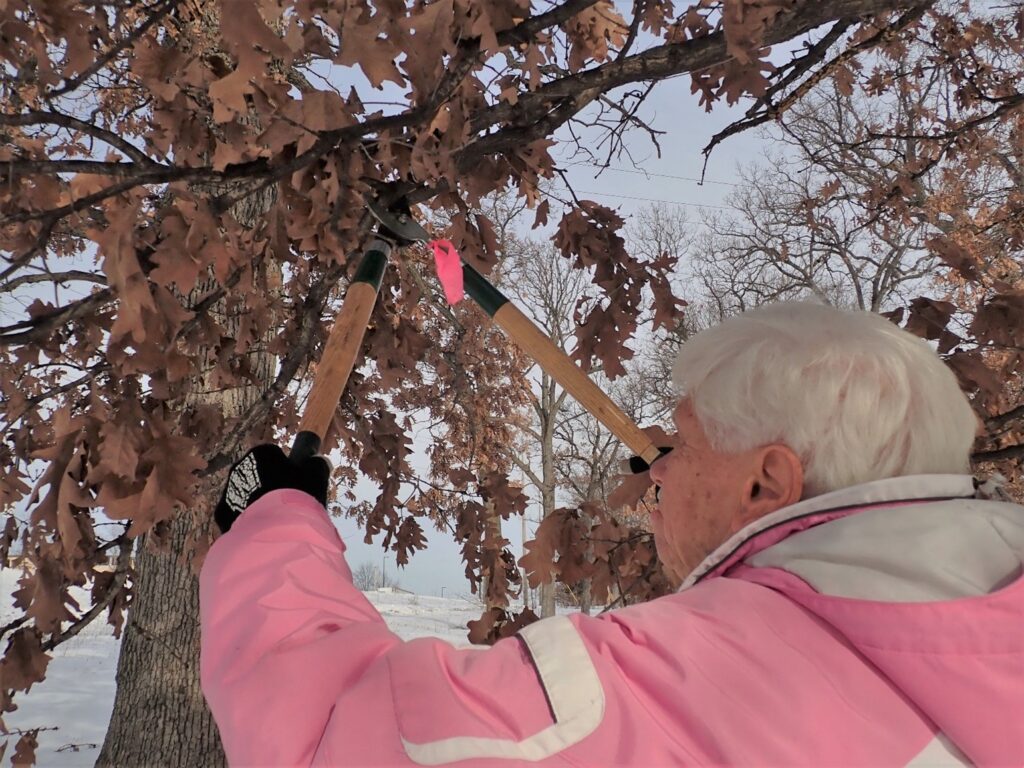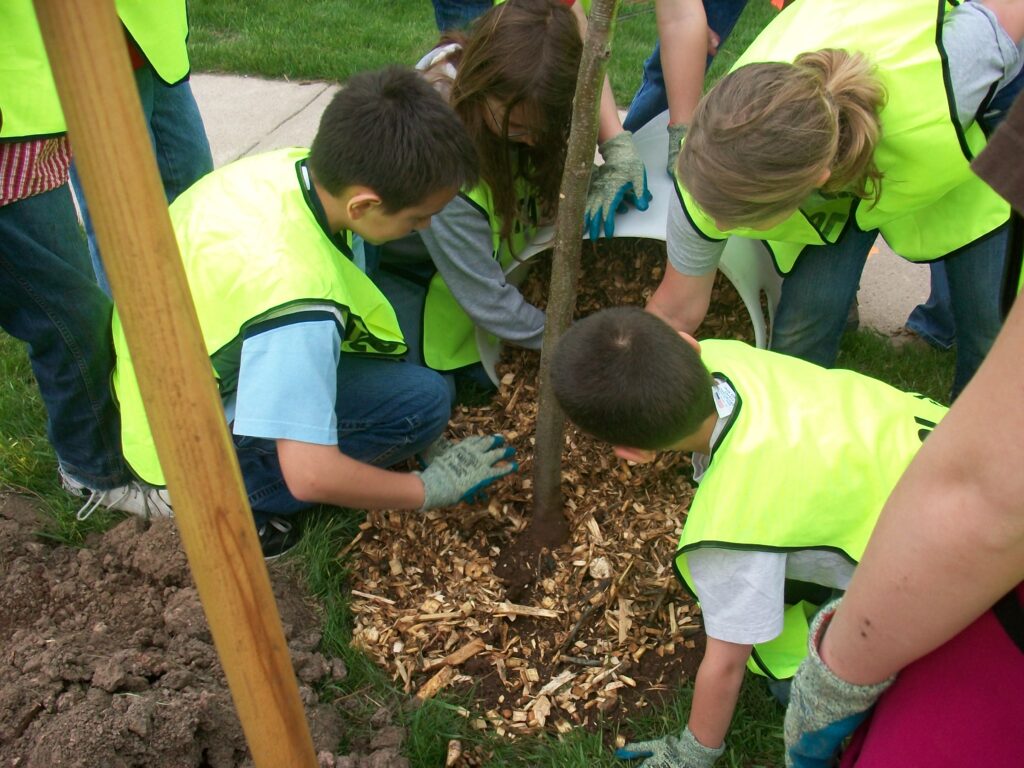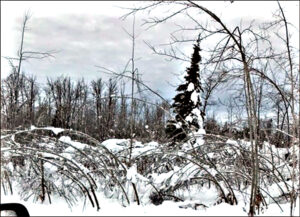By DNR staff

Andrea Diss-Torrance, the Wisconsin Department of Natural Resources Invasive Forest Insects Program coordinator, retired last month after a 30-year career with the DNR. / Photo Credit: Wisconsin DNR
After an incredibly productive and meaningful 30-year career with the Wisconsin Department of Natural Resources, Andrea Diss-Torrance retired on Jan. 24.
“It’s been an honor to watch Andrea tackle forest health issues with her mixture of determination, humor and intelligence,” Forest Health team leader Becky Gray said of the coordinator of the team’s invasive forest insects program. “She will be greatly missed as she starts her next adventures.”
Diss-Torrance plans to spend time in retirement on sculpture, plant breeding and travel.
Continue reading “Andrea Diss-Torrance Retires After 30 Years In Forest Health”

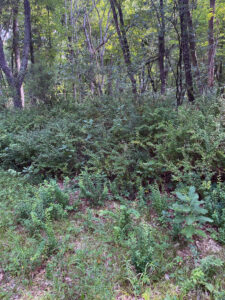
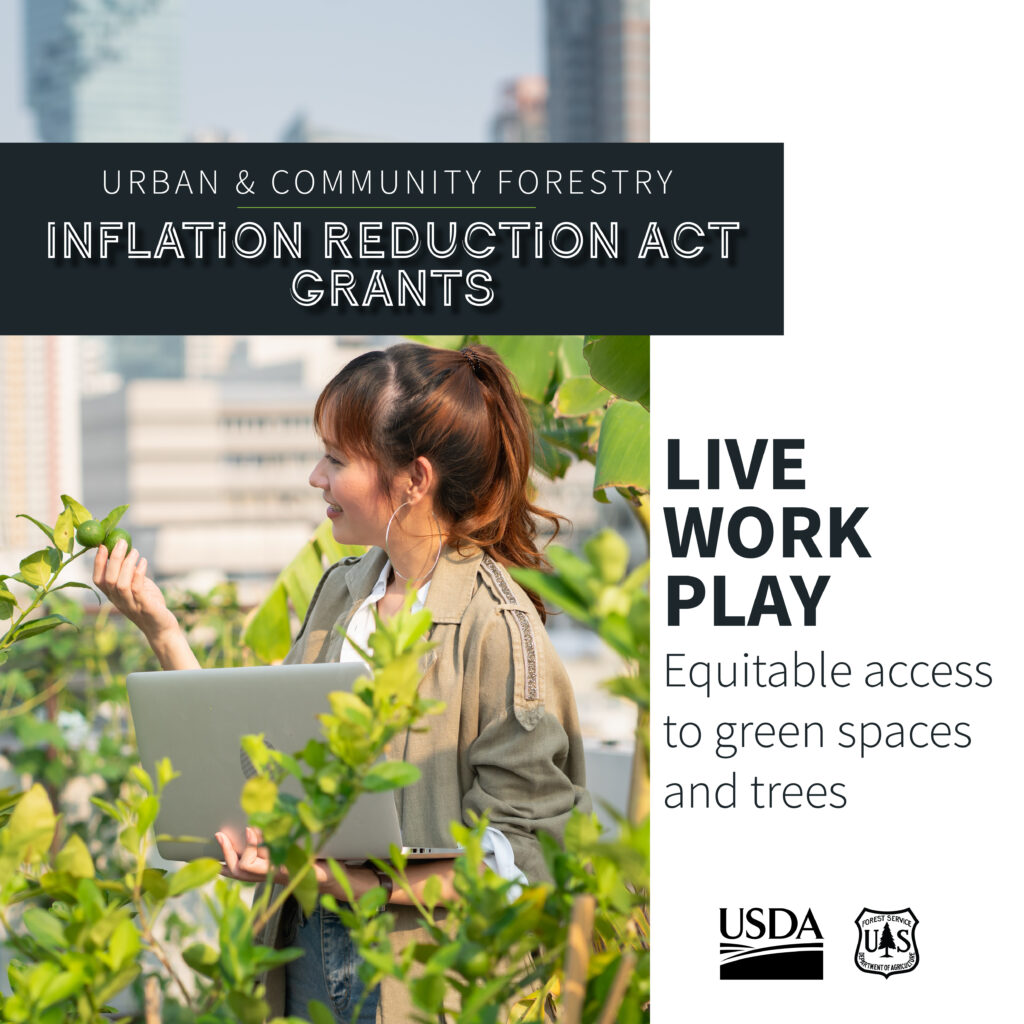 Webinar:
Webinar: I am pleased to announce that Elton Rogers has accepted the Southeast Regional Urban Forestry Coordinator position. Elton is based in Milwaukee and his first day was Jan. 16.
I am pleased to announce that Elton Rogers has accepted the Southeast Regional Urban Forestry Coordinator position. Elton is based in Milwaukee and his first day was Jan. 16.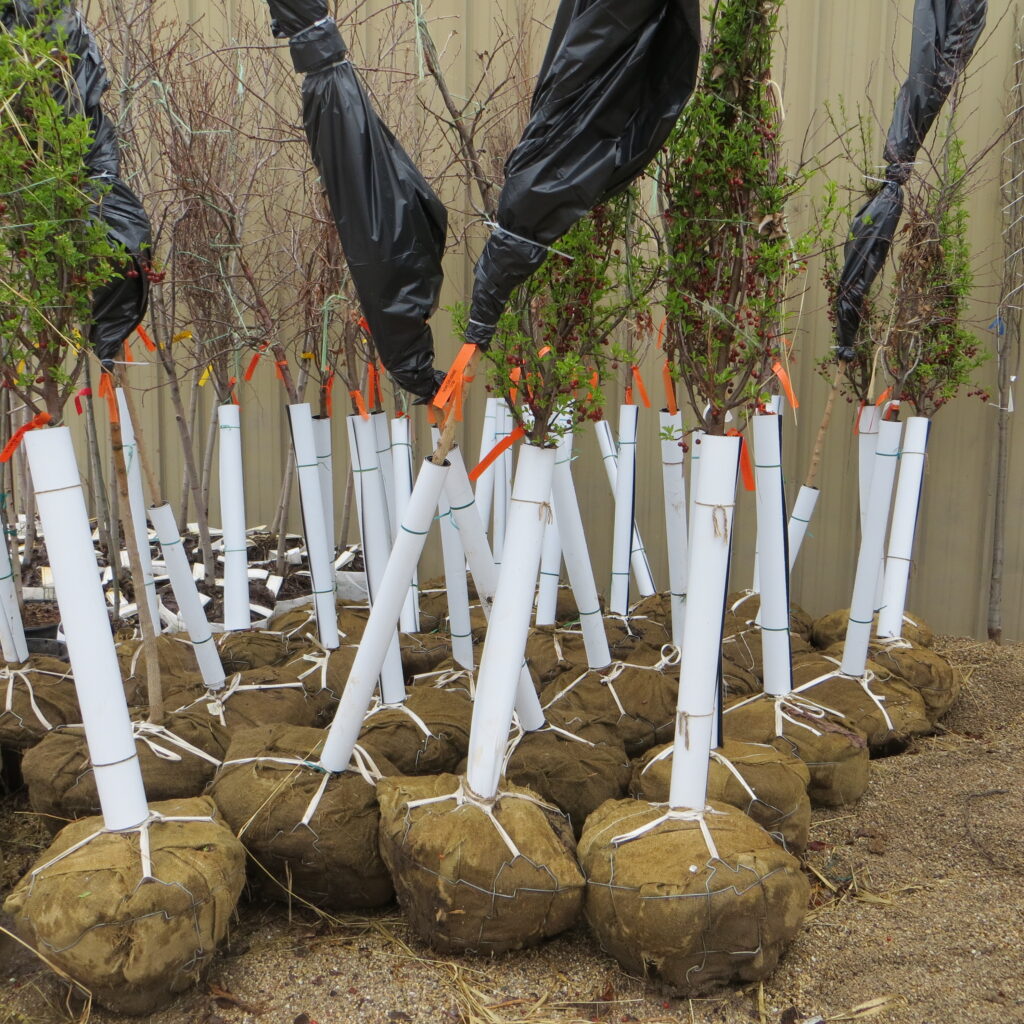 Topics include:
Topics include: